From our article you will learn what is blood pressure, and also get acquainted with the factors that cause an increase in the difference between the lower and upper blood pressure.
Contents of
- What is blood pressure?
- Systolic pressure: what is it and what is it responsible for?
- Diastolic pressure: what is it and what is it responsible for?
- Rate of difference between systolic and diastolic pressure
- Acceptable difference between upper and lower pressure
- Large difference between upper and lower pressure: causes, what does it mean for health?
- A small difference between upper and lower pressure: causes, which means for health?
- Difference of the upper and lower pressures 50, 60, 70, 80, 20, 40: how to understand this is good or bad?
- The upper and lower pressure is the same: what should I do?
- Why do you need to measure pressure and what kind of hand?
- Pressure rating by age: table
- Video: Normal, high blood pressure. How to reduce, how to raise blood pressure?
Arterial pressure is an important indicator of our health. It is for him that experts judge how correctly the cardiovascular system works, and the whole organism as a whole is in good or bad condition.
If the pressure in a person starts to rise or fall regularly below normal, then this indicates that there are some pathological changes inside the body that have already begun to have a negative effect on the heart and blood vessels. The most unpleasant thing is that if you do not start taking action at this stage, sooner or later this situation will provoke a heart attack or stroke.
What is blood pressure?
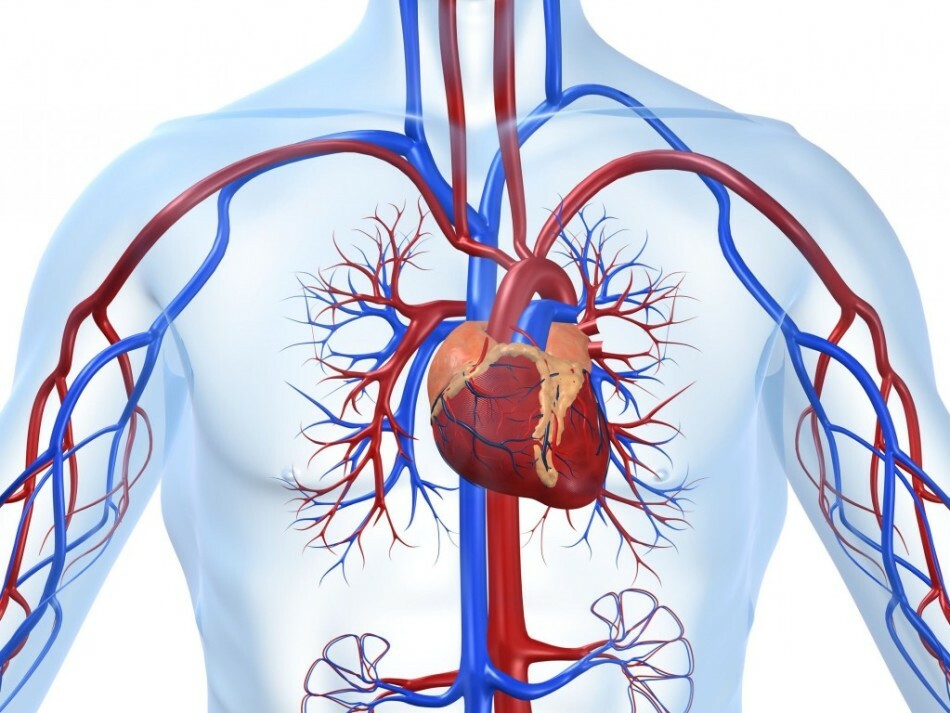 Arterial pressure
Arterial pressure - AD is a natural process of blood pressure on the walls of vessels, capillaries, veins and arteries. If the person is completely healthy, then, in general, he does not notice how the blood circulates inside his body. But if something is wrong with the body, then depending on whether it is increased or lowered, a person can feel a headache, a ripple in the nape of the neck, nausea and dizziness.
- And now let's see why this happens. If at school you were a diligent student, then for certain remember that the blood in the human body is constantly in motion. Even when a person rests, it continues to circulate through its arteries and veins. As soon as it reaches the ventricles of the heart, the heart muscle spasms and blood under pressure is thrown into the vessels, and begins to fill them quickly enough, putting pressure on their walls. If at this stage the vessels have more or less pressure than they need, then the person begins to feel all those unpleasant symptoms with which we have acquainted you above.
- From all this we can draw only one conclusion, our blood pressure directly depends on how often and with what force the heart muscle is reduced. Therefore, if you notice a deviation in one direction or another, then be sure to check if you have heart problems. If the examination shows that it is working correctly, start looking for other causes of the malfunction of the vascular system.
Systolic pressure: what is it and what is it responsible for?
 Systolic pressure
Systolic pressure - Systolic pressure is the maximum index of BP at the time when the heart muscle pushes blood from the heart. This indicator helps us to know with how often our heart is shortened. If everything is in order with him, then the top indicators will not exceed 110-130 units. Yes, and remember, such indicators of blood pressure can only be in healthy people who have a cardiovascular system that works like a clock. But the older the person becomes, the higher will be his pressure, for example, for 55-year-old men and women, the indicator of 140 units is considered normal.
- Systolic BP is responsible for the proper functioning of the heart and blood vessels, so if something begins to happen to them, its indices start to deviate markedly from the norm. In the event that the blood becomes viscous or cholesterol plaques severely narrow the blood flow, then its rates begin to rise above normal. If a person has an intoxication of the body or is very much overtired, the blood pressure may drop below the norm.
- But in whatever direction the systolic pressure is lowered, always remember that the very minimum deviation from normal physiological indications will sooner or later lead to not very pleasant consequences. If you do not try to establish the correct operation of the cardiovascular system, then first this pathological process will begin to destroy the smallest vessels, and then it will also go to larger ones. As soon as they collapse, they completely disrupt the circulation of blood in the body, and this is already fraught with the development of hypertension.
Diastolic pressure: what is it and what is it responsible for?
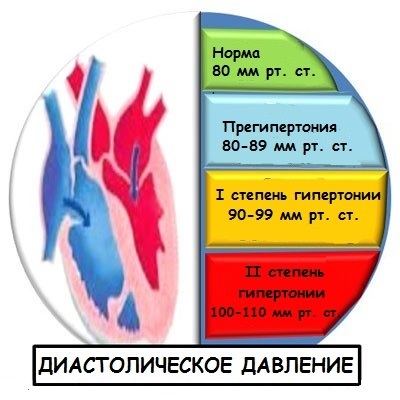 Diastolic pressure
Diastolic pressure - Diastolic blood pressure is the force of blood pressure on the walls of arteries at a time when the heart muscle is completely relaxed after contraction. In addition, this indicator helps us to know how much blood circulates through our veins and arteries. In a fully healthy person, this indicator can range from 65 to 80 units. Such a large difference in indicators is due to the general state of the body. If its vessels are sufficiently elastic and have a good tone, then, as a rule, the diastolic pressure should be kept at the level of 75-80 units.
- If the vessels are damaged, the blood flow is disturbed and the indices start jumping in one direction or another. Also, blood pressure is greatly influenced by the frequency of contraction of the heart muscle and the amount of blood that pumps the heart. But even if you notice that the diastolic pressure begins to drop or rise, you do not need to sound an alarm at once. This show can be affected by stress, nervous disorders, hypothermia and even sudden temperature changes. Therefore, if they deviate from the norm by just a few units, then just try to rest more.
- In the case if you see that the indicators of blood pressure jump or dropped by 10-15 units, this is the reason for consulting a specialist. As a rule, deviations in one direction or another are due to the fact that the strength of the blood flow decreases or, conversely, increases. And if you do not stabilize this process in the shortest time, then after some time the body will stop getting the right amount of oxygen and as a consequence, various health problems will begin.
Rate of difference between systolic and diastolic pressure
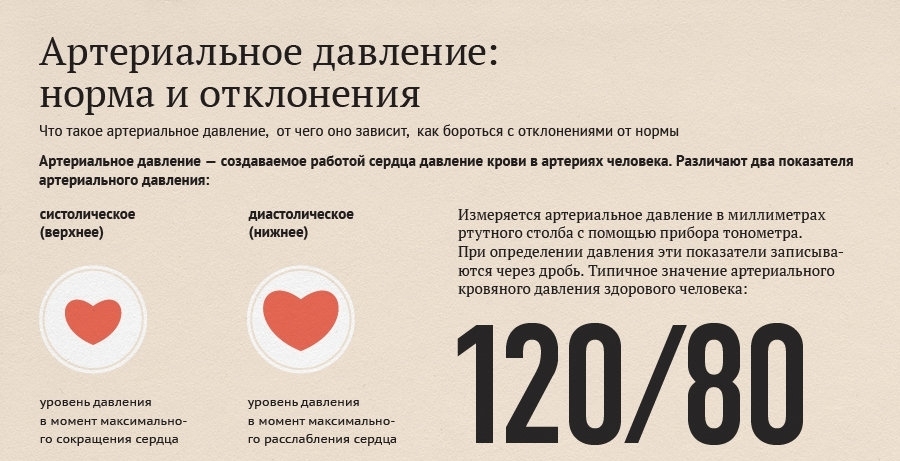 Rate of difference between lower and upper blood pressure
Rate of difference between lower and upper blood pressure - Every adult knows that BP is considered ideal with a score of 120/80.If you carry out simple mathematical calculations, you can understand that the normal difference is about 40 units. In the event that the gap between systolic and diastolic pressure increases to 65 units, the risk of developing cardiovascular diseases increases dramatically. In addition, the not completely correct work of the heart and vessels begins to wear out the walls of veins and arteries very quickly, and this starts provoking premature aging processes.
- In the event that a person has health problems, the gap between the lower and upper pressure may increase to 45 or decrease to 35 units. With such indicators, the human body can also function properly, although some people may have excessive drowsiness. As for the elderly, the difference between upper and lower blood pressure can be 50 units. This is due to the fact that in the body there was a natural wear of tissues and the walls of the vessels and arteries became less elastic.
Permissible difference between upper and lower pressure
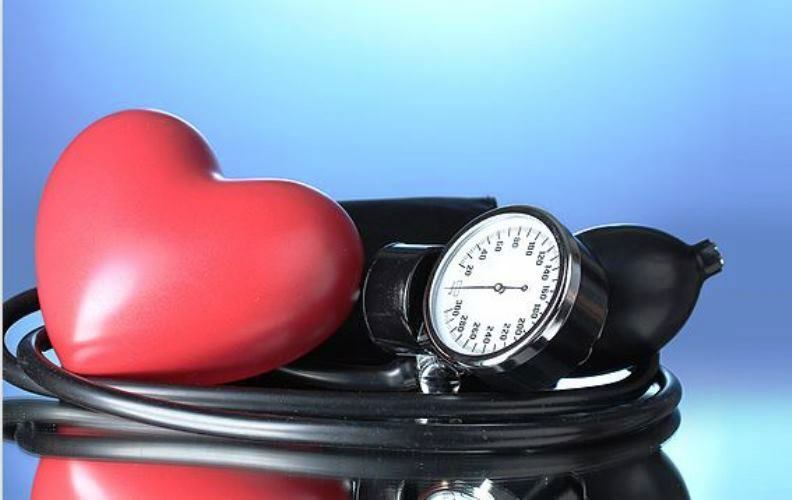 Permissible difference between upper and lower pressure
Permissible difference between upper and lower pressure - As you already probably understand the permissible difference between the lower and upper pressure is to show 40 units. Doctors of therapeutists call such a BP a worker and, already from deviations from this figure, judge what is happening inside the body. And although this indicator is considered the most ideal, even the environment of young and healthy, at first glance people, it is difficult to find a person with such pressure.
- That's why recently specialists began to believe that the difference between the upper and lower blood pressure can fluctuate from 35 to 50 units. True, in this case there is one, but. If the difference in pressure is within normal limits, but high and low blood pressure is high, this indicates that the cardiovascular system works very quickly, practically on wear and tear.
- In the case if both indicators, on the contrary, are too small, this indicates that the heart and the heart muscle and blood vessels are very slow. Yes, and remember, in order to get the most accurate indicators of blood pressure, all measurements should be done only in a relaxed state. If you do this immediately after exercise, then surely the indicators will be above the norm.
The big difference between upper and lower pressure: causes, what does it mean for health?
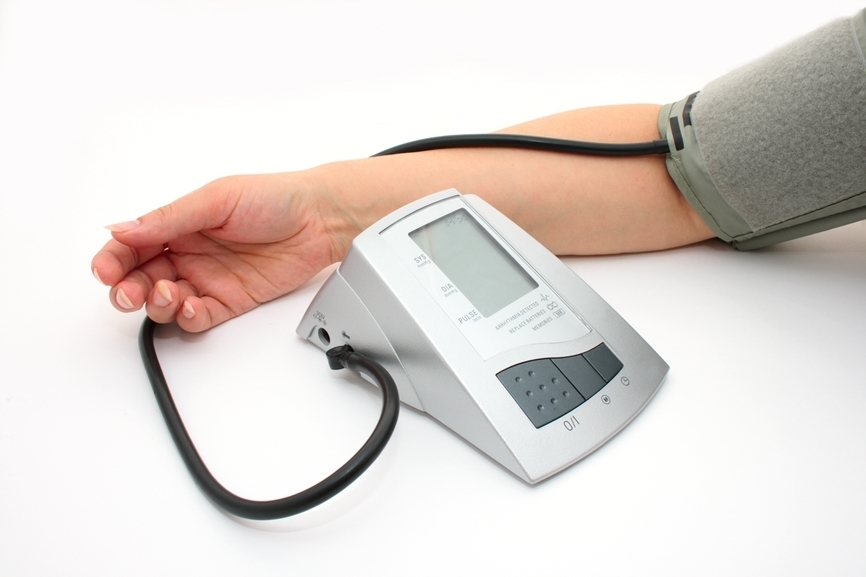 Causes of large difference between upper and lower pressure
Causes of large difference between upper and lower pressure - A fairly frequent cause of the large difference between BP indices is too low diastolic pressure. As a rule, these elasticities are greatly influenced by the elasticity of the vessels. If it falls, the lower pressure indicators also decrease. And as for the elasticity of the vessels there is a substance, the renin that produces the kidneys, in this case it is best to seek pathology in this organ.
- In women, similar complications can occur against a background of thyroid problems. If it ceases to produce the right amount of hormones necessary for the body to function properly, then because of this, absolutely all organs and systems begin to suffer. Against this background, there may be problems with the cardiovascular system, which will lead to the fact that the heart and blood vessels stop correctly circulating blood and enriching the internal organs with oxygen.
- The age-related changes in the body are also influenced by pressure factors. The older the person becomes, the less elastic his vessels become. Because of this, he develops arterial stiffness and the vessels stop coping with the pressure that the blood flow exerts on them.
The small difference between upper and lower pressure: causes, what does it mean for health?
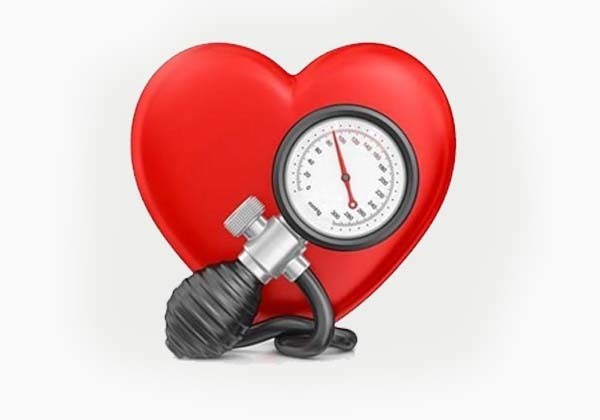 The reasons for the big difference between upper and lower pressure
The reasons for the big difference between upper and lower pressure - Pressure is a pretty good indicator of our health status and if pathological processes begin to occur in the body, this immediately affects the blood pressure. If we talk about the small difference between the upper and lower pressure, then here the main reason is the problems with the cardiovascular system. Simply in this case, there are problems that do not allow the blood flow to move along the vessels and arteries with sufficient force.
- Besides this, similar indices can provoke such pathology as vegetative vascular dystonia. This disease provokes a vasospasm, and as a result, the blood can not circulate properly in the body.
- Another reason that can trigger this behavior of blood pressure is a very strong internal blood loss. In this case, blood instead of circulating through the veins and arteries, at the site of wound formation will flow into the abdominal cavity. And since the heart will not push blood into the vessels, they will completely relax and this will immediately affect the pressure indicators.
- Immediately I want to say that a small difference as well as a large enough detrimental effect on the body. After all, if at first it can be affected only by dizziness and headache, then in future such a state of the cardiovascular system can lead to the development of tachycardia, cardiosclerosis and kidney failure.
Difference of the upper and lower pressures 50, 60, 70, 80, 20, 40: how to understand this is good or bad?
 Upper and lower pressure difference
Upper and lower pressure difference - If you carefully read our article, you probably realized that the difference between the upper and lower pressures of 40 and 50 units is considered the norm. Therefore, if you measure blood pressure with your tonometer, for example, 120/80 or 130/70, then you can be quite calm. The reason for going to the doctor in this case can only be regular headaches, which are accompanied by dizziness and strong pulsation in the neck and temples.
- And as for the difference in 60, 70 and 80 units, in this case we must immediately seek help from a cardiologist and therapist. Such a large gap between the upper and lower pressure may indicate that the cardiovascular system is operating in an enhanced mode. These processes interfere with the normal functioning of the heart muscle, and this leads to the fact that the blood flow has a strong enough effect on the walls of the vessels.
- Also a cause for concern is a very small gap between the indices of blood pressure( 20 units).In this case, in addition to the standard problems with blood vessels and the heart, the cause of such indicators can be kidney pathologies.
The upper and lower pressure is the same: what should I do?
 The same indices of lower and upper blood pressure
The same indices of lower and upper blood pressure - The indices of the upper and lower pressure can be the same in the event that a person has some kind of cardiac pathology. After all, in order that the blood flow can circulate through our blood vessels, veins and arteries, he must make constant pumping and ejection of blood. In the event that something prevents him from doing this, the heart stops filling up with blood, which leads to the fact that it contracts more than necessary.
- This condition is very dangerous for health, so if you see a 110/120 or 80/70 on the blood pressure monitor, then immediately begin to take action. Of course, it is best in this case to call an ambulance and get qualified help. But if you do not have the opportunity to quickly reach the hospital, then try to help yourself with improvised means. But remember that in this case there are some nuances of pre-hospital care. If the indicators of the upper and lower blood pressure are very high, then they will have to be knocked down.
- And since it will be necessary to do this not very sharply, it will be better if you try to normalize the work of the heart with the help of preparations of antagonists that normalize the heart rhythm. You can also try to reduce the pressure with diuretics. If the values of the upper and lower pressure are very low, on the contrary, it will be necessary to raise them. For this, you can try to drink Citramon and very sweet tea.
Why do I need to measure pressure and what kind of hand?
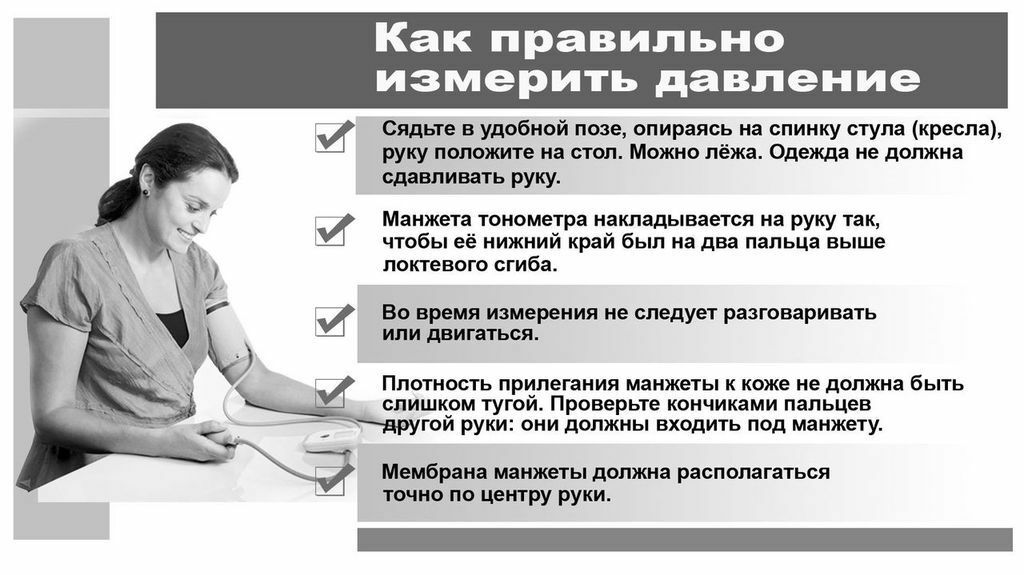 Recommendations for measuring pressure
Recommendations for measuring pressure - Most people think that only people who have a diagnosis of hypertension or hypotension should measure pressure. But in fact, this is not so. Experts advise even quite healthy people to periodically arrange a check. For example, take yourself for a rule and take a couple of times a week at a certain time to measure blood pressure. Such a useful habit will allow you to notice the onset of pathological changes in time, and you can avoid the occurrence of more serious problems.
- You also need to train yourself to measure the pressure before taking the pill from a headache. After all, although most people write off it for overwork or lack of sleep, most often the cause of this problem is precisely the pressure. And in order to understand what drug to take, you need to know its exact indicators.
- As for which hand to take measurements, experts advise doing this on the right hand. In order to get the correct data it is necessary to take a comfortable position, completely relax and only after that start taking measurements. Do this 2-3 times with an interval of 3 minutes. The average result and will be an accurate indicator of blood pressure at the time of measurement.
Pressure rating by age: table
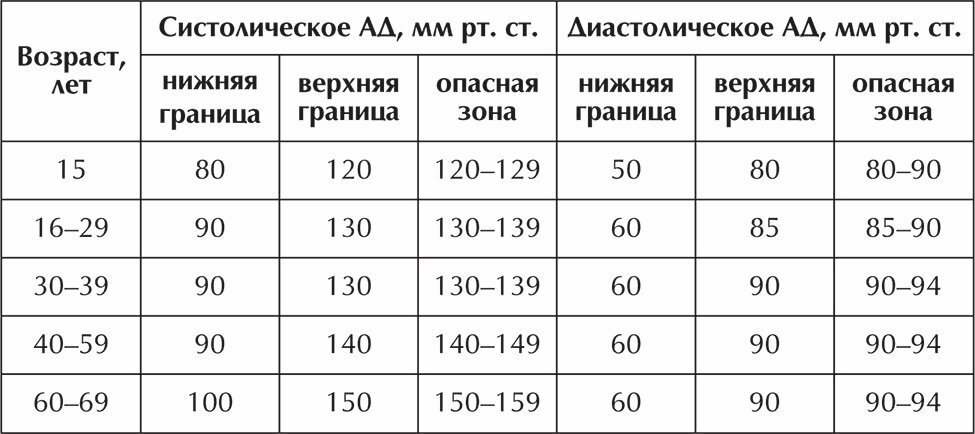 Table of pressure norms by age
Table of pressure norms by age Although it is considered that ideally the pressure should be within 120/80, these readings may deviate in one direction or another. As a rule, the older a person becomes, the higher his blood pressure becomes.
